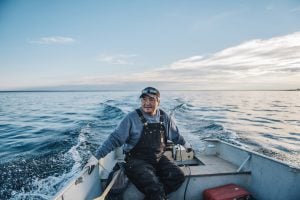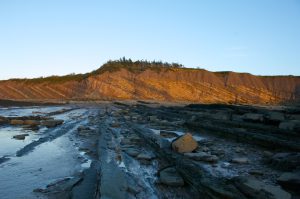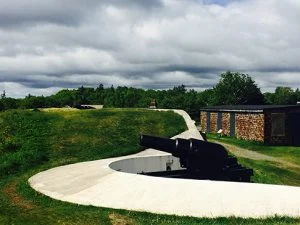
Environment
Inside the fight to protect the Arctic’s “Water Heart”
How the Sahtuto’ine Dene of Déline created the Tsá Tué Biosphere Reserve, the world’s first such UNESCO site managed by an Indigenous community
- 1693 words
- 7 minutes
This article is over 5 years old and may contain outdated information.
Environment
The 29,040-square-kilometre swath of boreal forest on the Manitoba-Ontario border is the first World Heritage Site in Canada to be recognized for both its cultural and natural significance

Pimachiowin Aki means “the land that gives life” in Anishinaabemowin (Ojibwe). Now, thanks to its UNESCO World Heritage Site designation, announced on Canada Day 2018 at a meeting in Bahrain, the 29,040-square-kilometre swath of boreal forest east of Lake Winnipeg on the Manitoba-Ontario border can continue to give life for years to come.
More than five times the size of Prince Edward Island, Pimachiowin Aki is comprises the traditional territory of four Anishinaabe First Nations — Bloodvein River, Little Grand Rapids, Pauingassi and Poplar River — and has served as the cultural landscape for Indigenous Peoples for 7,000 years. The area also includes Atikaki and South Atikaki Provincial Parks, Woodland Caribou Provincial Park and Eagle-Snowshoe Conservation Reserve, and protects habitat for the threatened woodland caribou, the chestnut lamprey (a species of special concern) and countless other species. It’s Canada’s first UNESCO World Heritage site to be so designated for both its cultural and natural heritage, and one of only three such “mixed” sites worldwide.

Getting UNESCO’s recognition hasn’t been easy. For almost 20 years, the First Nations communities in the region have worked with the provincial governments of Manitoba and Ontario, with the guidance of the federal government, to get Pimachiowin Aki inscribed on UNESCO’s list, ensuring future protection from development and boosting tourism. The Manitoba government invested $15 million dollars and Ontario invested about $1 million to support the site’s nomination to UNESCO’s World Heritage Committee three times. After the first nomination in 2012, UNESCO asked for more information as to what made the site special, while the second attempt, in 2016, saw one of the five First Nations originally involved in the bid, Pikangikum First Nation, drop out. As it turns out, the third time’s the charm.
William Young of Bloodvein First Nation, co-chair of the Pimachiowin Aki Corporation, said the decision “allows us to move ahead with our vision for Pimachiowin Aki as a place celebrated for its cultural and natural values, to sustain and support our heritage, and create benefits within and beyond our communities. We sincerely thank everyone who has supported this initiative.”
Are you passionate about Canadian geography?
You can support Canadian Geographic in 3 ways:

Environment
How the Sahtuto’ine Dene of Déline created the Tsá Tué Biosphere Reserve, the world’s first such UNESCO site managed by an Indigenous community

Travel
Parks Canada is seeking nominations for potential places to add to its impressive list of UNESCO World Heritage Sites. Here are five sites that were most recently added.

History
Sites across Canada honouring the war

Environment
A boreal forest area in Manitoba with strong First Nations ties is one step closer to being recognized as a UNESCO World Heritage Site.Last year, there was an uproar when…